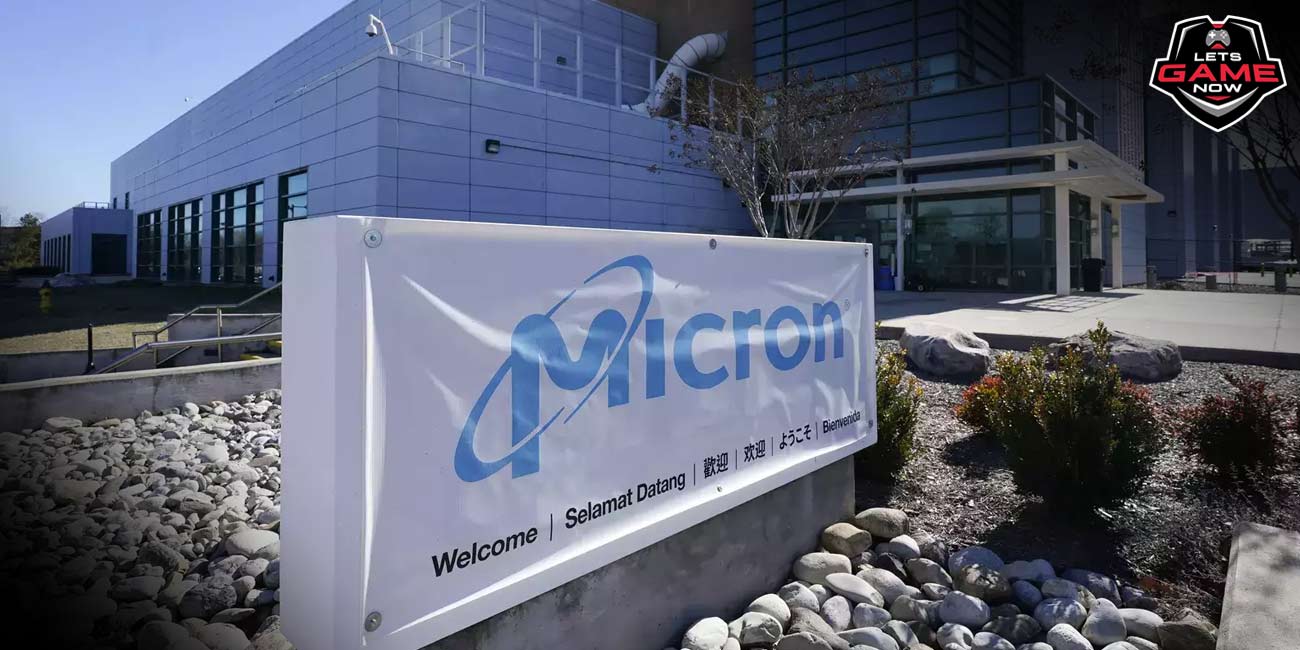


Sreyasha
Sep, 13.2022
Micron's new $15 billion memory fab is a great news for the American chip industry. The U.S. Government gave incentives to the tech companies to invest in domestic chip production through the CHIPS and Science Act signed into law early last month.
Advanced chip fabs have flourished in South Korea and Taiwan and the credit goes to companies like Samsung and TSMC (propped up by their local governments) that has resulted into an increased U.S. manufacturing capacity stalled over cost concerns. But Micron's new investment will surely be the first brand-new memory manufacturing fab constructed within the U.S. in the last two decades. As per Micron, the percentage of memory that exist on the global market that is produced domestically is only 2.
If we follow Micron's current timetable, then it states that the actual construction on the Boise fab will begin in early 2023. Cleanroom space will become available in phases, starting in 2025. Later that year, Micron will be ramping production of DRAM products. Though the fab won't operate fully until the latter part of this decade, once the entire 600,000 square feet of cleanroom space becomes available.
In total, Micron expects to invest $15 billion into the new manufacturing facility which will be in contact with its existing research and development Centre. Micron also claimed to employ up to 2,000 workers at the site once full-scale production starts. The company also adds that its investment will include over 17,000 jobs to the state. Micron will also commit extra resources to bolster K-12 and university-level education programs in the area.
According to Micron President and CEO Sanjay Mehrotra, with this facility, Micron will couple R&D and manufacturing giving out synergies that will help them to accelerate the production ramp of advanced memory technology.
As per Dr. Alondra Nelson, the White House Office of Science and Technology Policy Acting Director, with today's ground-breaking, Micron is helping realize a key goal of the CHIPS and Science Act: investing in local communities by building up jobs with good pay scale in scientific and technological fields that will surely strengthen America's future and increase the competitive advantage worldwide.
Micron states that the revenue from the memory sector is expected to double between now and 2030. Key growth categories that will depend on memory production ramps will consist of artificial intelligence, 5G, data centers, and also automobiles. Micron is waiting to leverage its Boise fab in order to get a significant portion of that increased revenue and wish that U.S.-based DRAM production would account for 40% of its global output in the 2030s.